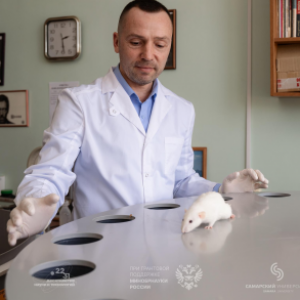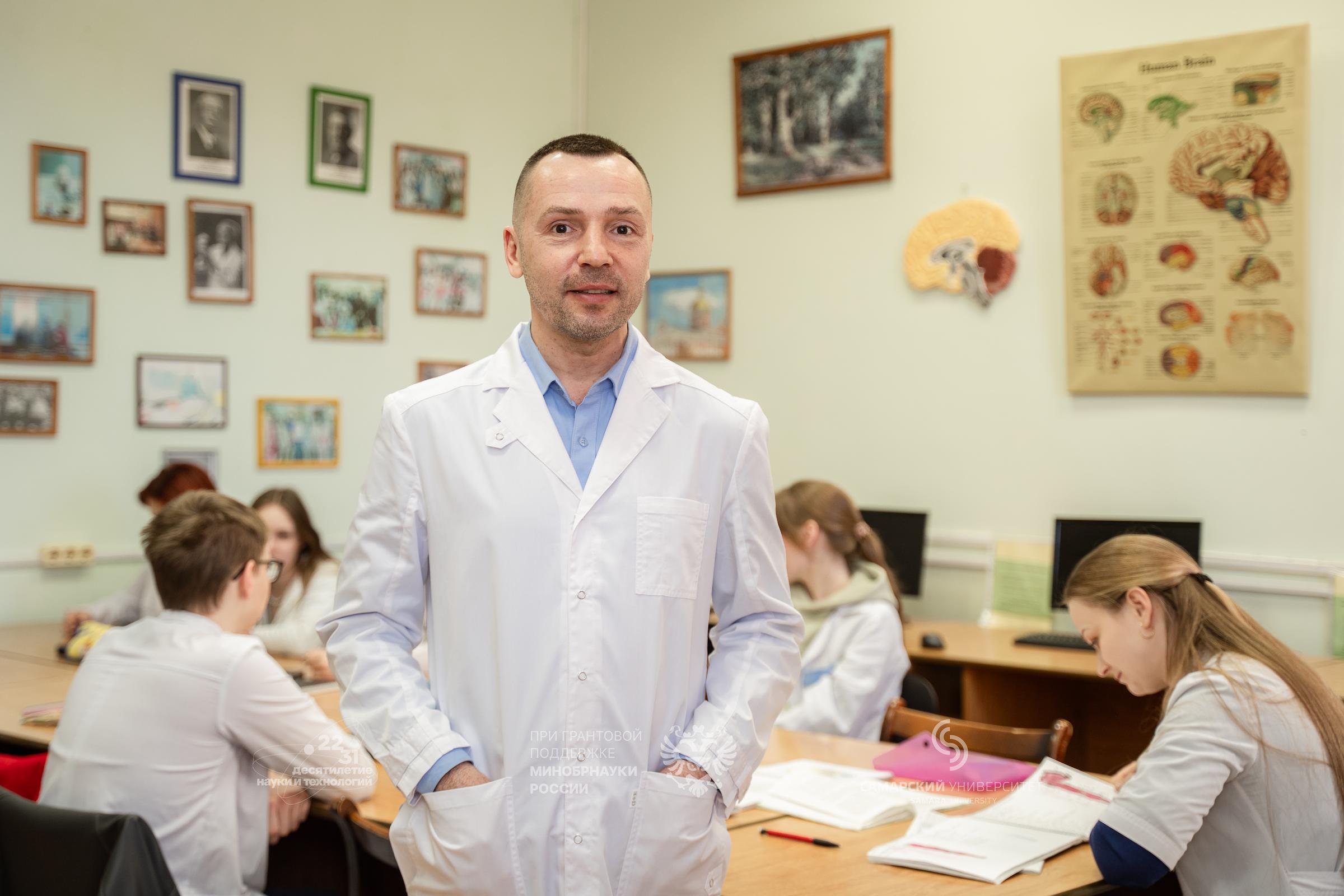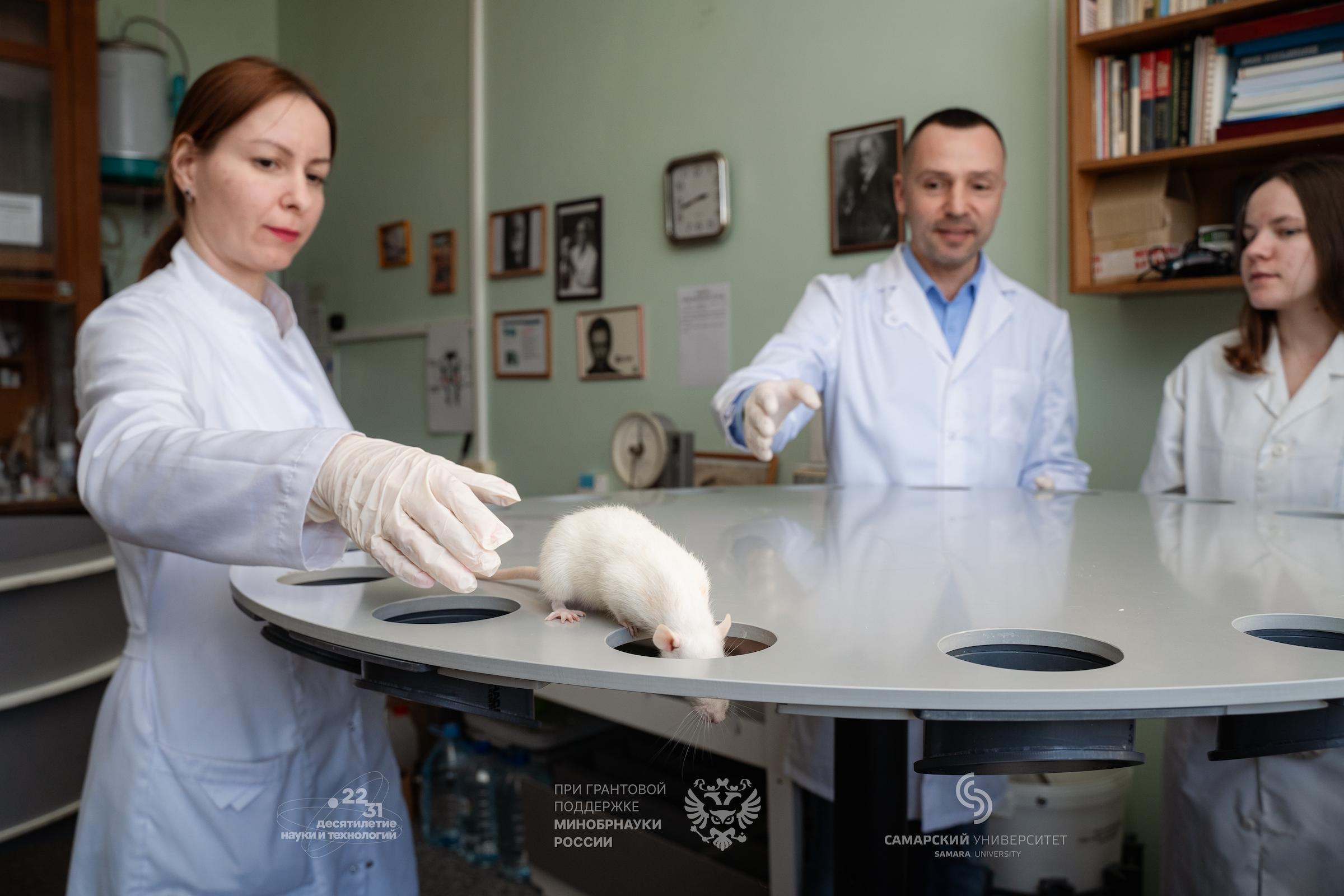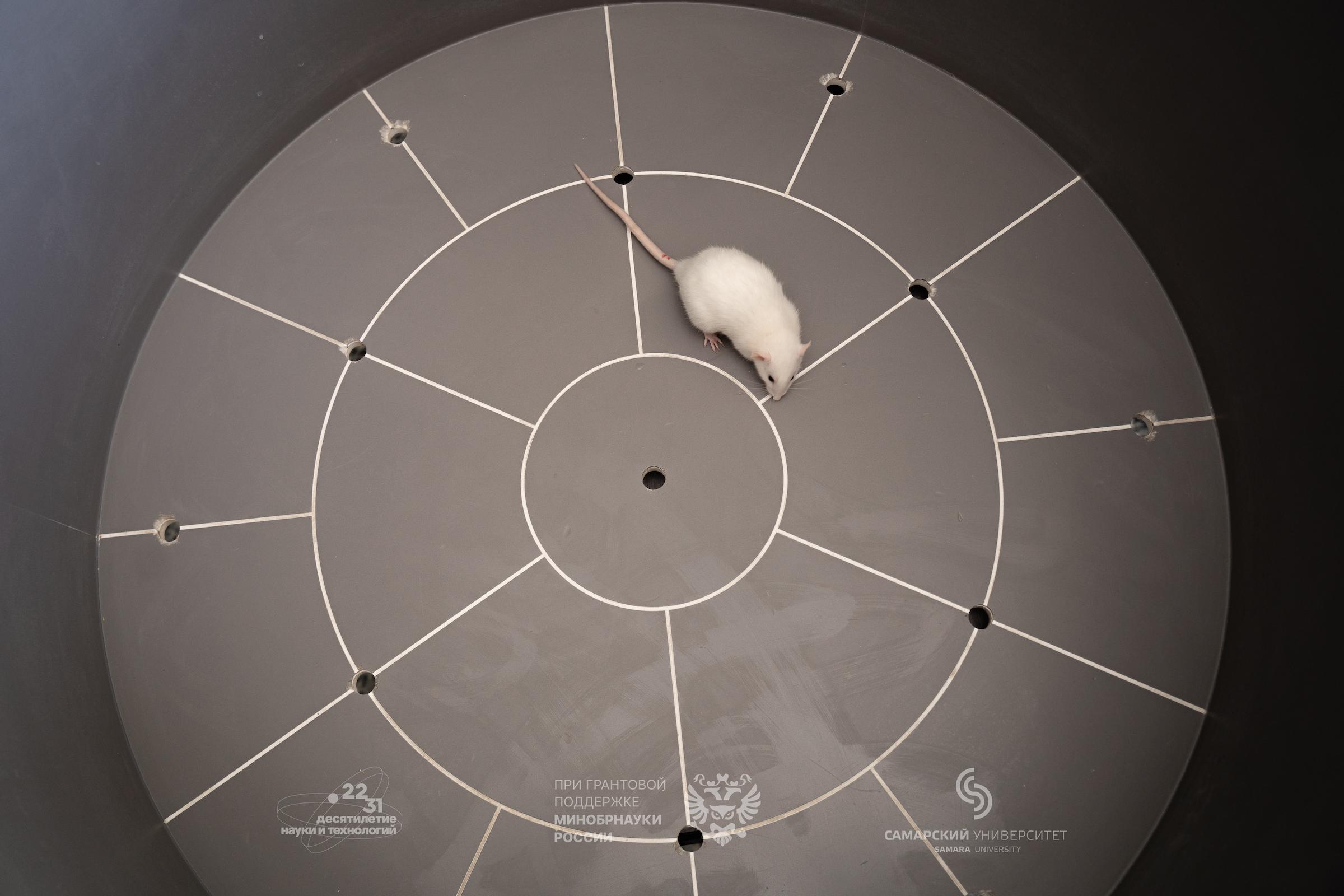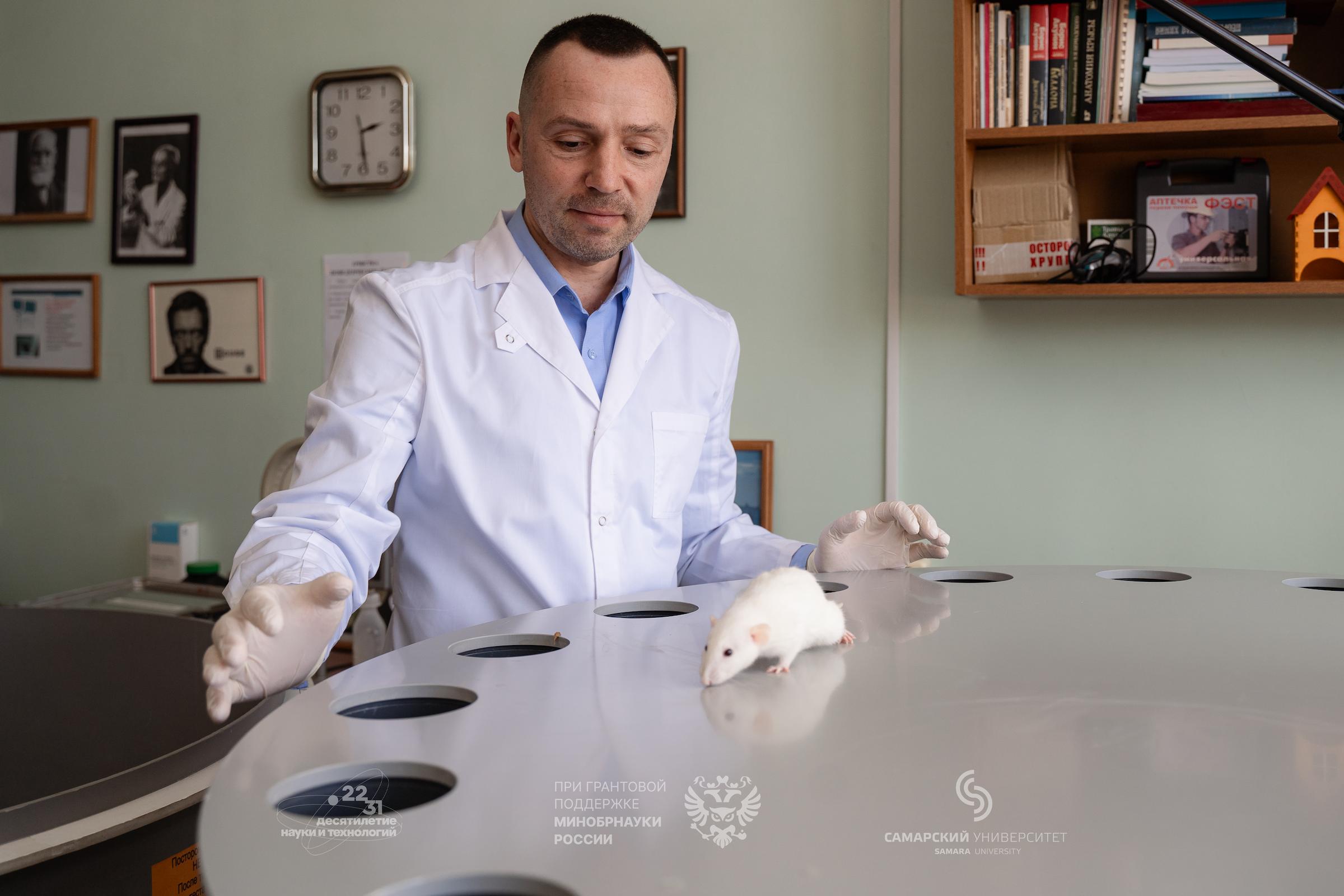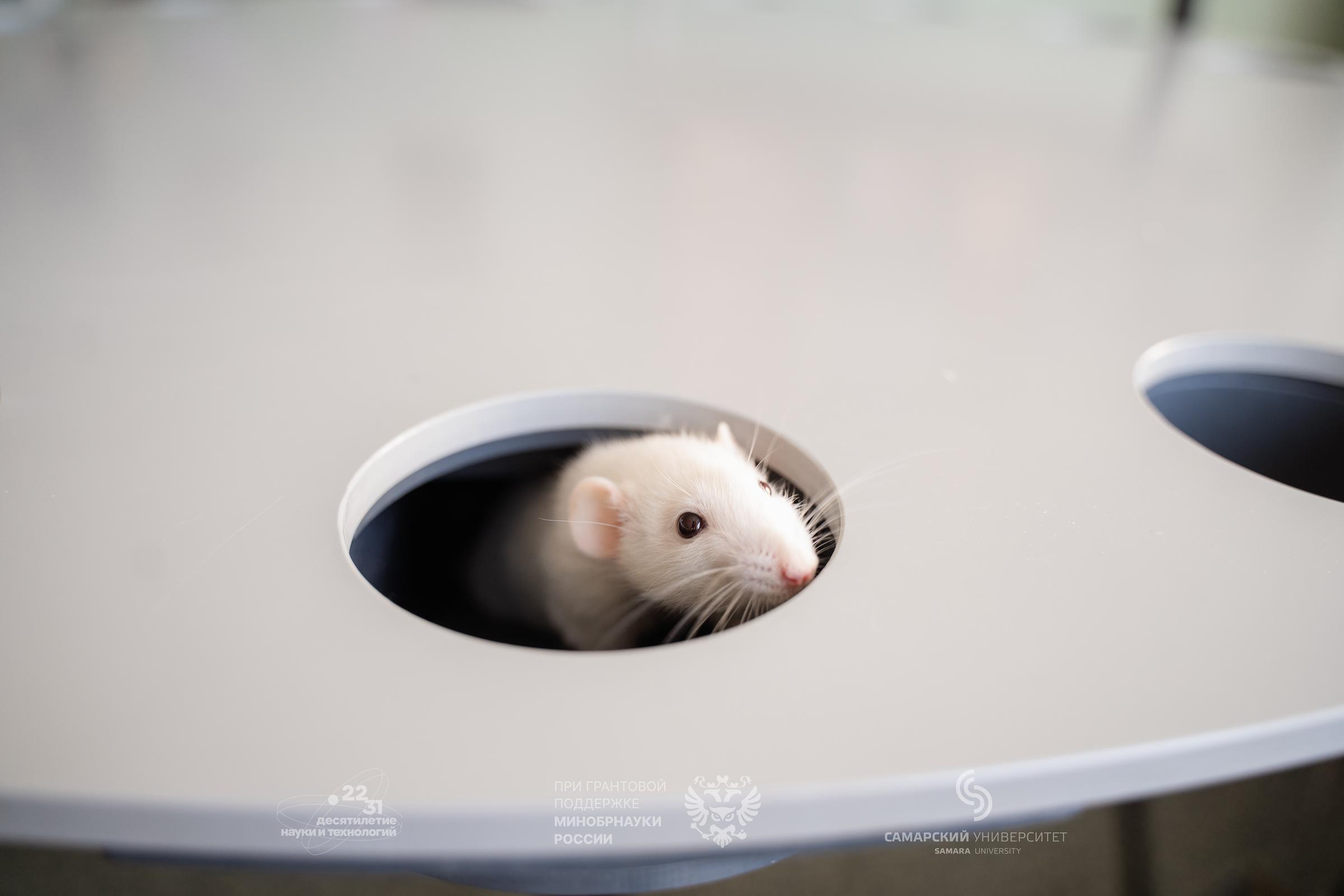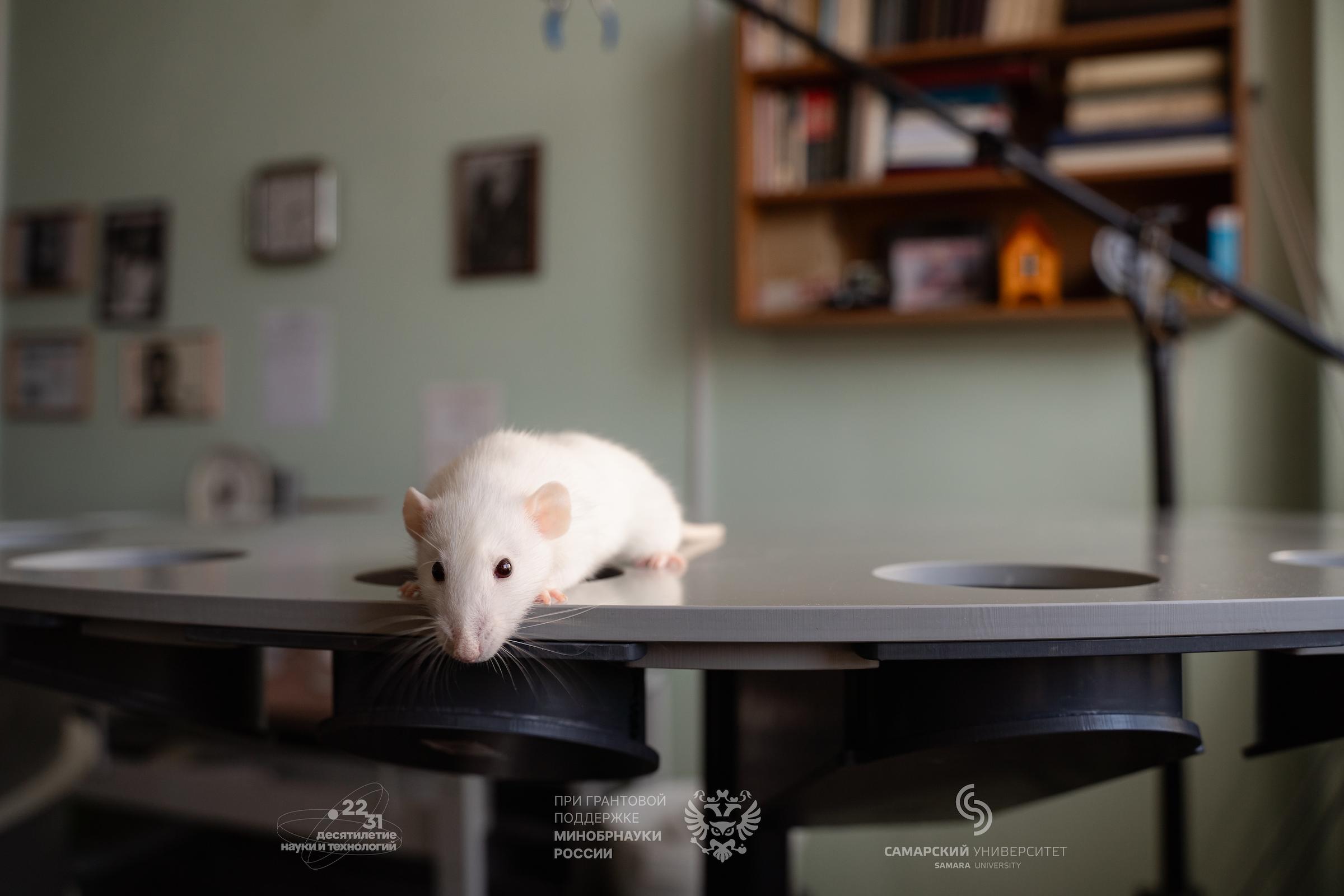Biologists from Samara University experimentally studied the effect of acute bacterial inflammation in the body on the functioning of the cardiovascular system. The researchers had simulated a strong immune response to the bacterial infection in laboratory rats and studied in detail how immune tools could harm the body’s health. The data obtained during the experiments can help develop new medicaments and technologies for the treatment and prevention of heart and vascular diseases.
“To date, many specific mechanisms of the influence of inflammatory molecules on the activity of the human cardiovascular system remain poorly understood. In this regard, it is important to conduct fundamental scientific research in the field of cardioimmunology, the results of which may be of interest to practical medicine. In the course of our experiments, the effect of various models of acute bacterial inflammation on the regulatory mechanisms of the cardiovascular system and blood parameters was comprehensively studied. Inflammation is a normal defensive response of the body reacting to injury or infection in the form of bacteria, viruses, fungi, or protozoal parasites. But sometimes this response turns out to be excessively strong, disrupting the normal functioning of various organs and systems, or even life-threatening, when a so-called cytokine “storm” occurs”, told us Eisons Tchang, one of the authors of the research, a student of Samara University’s Faculty of Biology, who came to study in Russia from the Democratic Republic of the Congo.
As noted by Eisons Tchang, cytokines are special signaling molecules produced in the body during inflammation. Under normal conditions, these molecules help the body fight against pathogenic and damaged cells, contribute to the restoration and switching of innate immunity to the more powerful adaptive one. However, with very severe acute or chronic inflammation, these cytokines become very “aggressive” and begin destroying healthy cells of various organs, that is, they “hit good cells”.
“This is how the cytokine storm, a very dangerous, life-threatening condition, develops. Unfortunately, this expression – cytokine “storm” – became worldwide known during the COVID-19 coronavirus pandemic. During the experiments, we did not bring the situation to a “storm”, we modeled a more moderate level, if I may say so, the state of cytokine “bad weather”. But even this level is harmful to the body, and we tried to study features of the “bad weather” affecting the state of the blood and the cardiovascular system in general”, emphasized Eisons Tchang.
The research was conducted on 24 male rats weighing 230–260 grams, in compliance with bioethical standards. The rats were kept in standard vivarium conditions (air temperature: 22 ±2°C, relative humidity: 60 ±10%, lighting mode: 12:12, free access to food and water). The acute inflammation model was created by systematically injecting rats with bacterial toxin (Salmonella typhi lipopolysaccharide) and the pro-inflammatory cytokine interleukin-6, which is usually synthesized in the body during bacterial inflammation. The rats in the reference group were injected with sterile saline solution.
Changes in blood parameters were detected by using the automatic analyzer; the blood leukocyte intoxication index and the systemic inflammation index were calculated by applying special formulas; the blood clotting rate and other indicators were determined. The rats’ blood pressure, pulse, and linear blood flow velocity were measured by using a special cardio recorder. Unlike a human tonometer, it has two small cuffs that should be attached to the rat’s tail. Air is pumped into one cuff, and the other registers blood circulation parameters.
Before measuring the indicators, the animal’s tail was placed for 15 minutes on a special platform to maintain its stable temperature (about 37 degrees Celsius). This was done for greater measurement accuracy: the fact is that one of the fanctions of a rat’s tail is thermoregulation: the body temperature in rats is regulated by expanding or narrowing blood vessels of the tail, so the rats can warm up or, conversely, cool down, releasing excess heat through the tail. A rat’s tail is almost like the outdoor unit of a split system.
“The study showed that administrating Salmonella typhi liposaccharide and interleukin-6 leads to pronounced changes in the blood and circulatory system. For example, the number of white blood cells increased by 24.6% in experimental rats compared to the reference group. The neutrophil population grew by 32.1%, and the level of C-reactive protein increased by 21.4%. Blood clotting time was noted to decrease by 31.1%, which can be considered as an unfavorable factor for ensuring a proper level of hemodynamics”, said Vladimir Belyakov, Associate Professor at Samara University’s Department of Human and Animal Physiology.
Developing inflammation led to significant changes in the activity of the cardiovascular system of the rats, as evidenced by an increase in blood pressure and pulse, as well as a decrease in the linear velocity of blood flow. Thus, compared with the reference group, the upper (systolic) pressure in rats with inflammation increased from average 134 to 159 mmHg, and the lower (diastolic) pressure increased from 88 to 117 mmHg. The pulse rate increased from 370 to 423 beats per minute on average, and the linear velocity of blood flow slowed fourfold.
“The study results demonstrate that the model of acute inflammation chosen during the experiments leads to pronounced changes in the blood system parameters characteristic of bacterial inflammation. In general, this type of changes, combined with hematological signs of intoxication and deterioration of the blood aggregation state, provides a stressful mode for the myocardium to function, and may disrupt efficiency of circulatory regulation mechanisms. The direct cardio- and vasotropic effects of cytokines can lead to disruption of the normal activity of myocardiocytes, the cardiac conduction system, as well as endothelial dysfunction. This model of inflammation can serve as an adequate preclinical tool when developing effective medicaments and technologies for the prevention and treatment of cardiovascular diseases that can develop in humans due to bacterial inflammation and the damaging effects of proinflammatory cytokines”, concluded Vladimir Belyakov.
The material was prepared with the support of Russia’s Ministry of Education and Science, in the framework of the Decade of Science and Technology. Even more information on scientific studies by the University scientists is available on the website of the project “Possessed by Science”.
Photo by Olga Zharkova
 RU
RU  EN
EN  CN
CN  ES
ES 